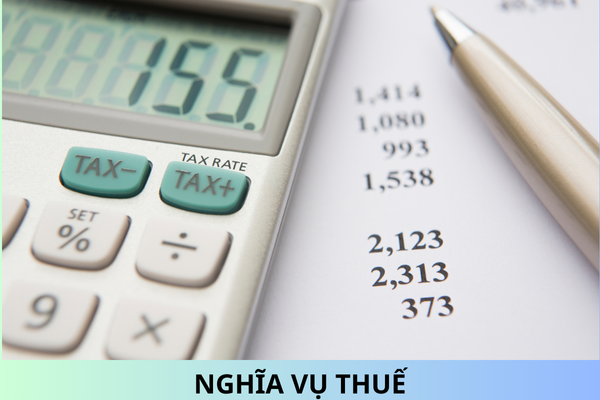Is it permissible to round off when preparing public debt reports using shortened currency units in Vietnam?
Is it permissible to round off when preparing public debt reports using shortened currency units in Vietnam?
Under Article 6 of Circular 99/2021/TT-BTC, the unit is regulated as follows:
1. The currency used in public debt accounting is Vietnamese Dong (national symbol “đ”, international symbol “VND”).
2. Foreign currency accounting must be recorded in the original currency and converted into Vietnamese Dong according to the foreign exchange rate prescribed by the Ministry of Finance at the time of recording. In specific cases, if there are different exchange rates prescribed by a competent state agency, the accounting shall comply with those regulations.
3. When preparing public debt reports or disclosing public debt reports, shortened currency units may be used and the accounting unit is permitted to round off numbers as follows:
a) For Vietnamese Dong: It may be shortened to the unit of billions of Vietnamese Dong. If the digit after the currency unit to be shortened is five (5) or more, it shall be increased by one (1) unit; if less than five (5), it is not counted.
b) For foreign currencies: It may be shortened to millions of foreign currency units. If the digit in the thousandths place (the third digit after the decimal point) is five (5) or more, it shall be increased by one percent (1%) unit; if less than five (5), it is not counted.
Therefore, when preparing public debt reports or disclosing public debt reports for your unit or agency, shortened currency units are permitted to be rounded off following the above rules.
How many months are covered in each public debt report period in a year in Vietnam?
According to Article 8 of Circular 99/2021/TT-BTC, the accounting period; the period and the method of sending and receiving public debt reports in Vietnam are regulated as follows:
1. The public debt accounting periods include: the monthly accounting period and the annual accounting period.
a) The monthly accounting period is the time calculated from the 1st to the last day of the month (Gregorian calendar).
b) The annual accounting period (fiscal year) is the time calculated from January 1 to December 31 (Gregorian calendar).
2. Public debt reports are prepared for a semi-annual period (from January 1 to June 30) and an annual period (from January 1 to December 31).
3. The method of sending and receiving public debt reports:
Public debt reports are presented in the form of paper documents or electronic documents depending on the actual conditions and requirements of the report-receiving agency.
Thus, public debt reports in Vietnam are prepared for a semi-annual period (from January 1 to June 30) and an annual period (from January 1 to December 31).
Sincerely!










